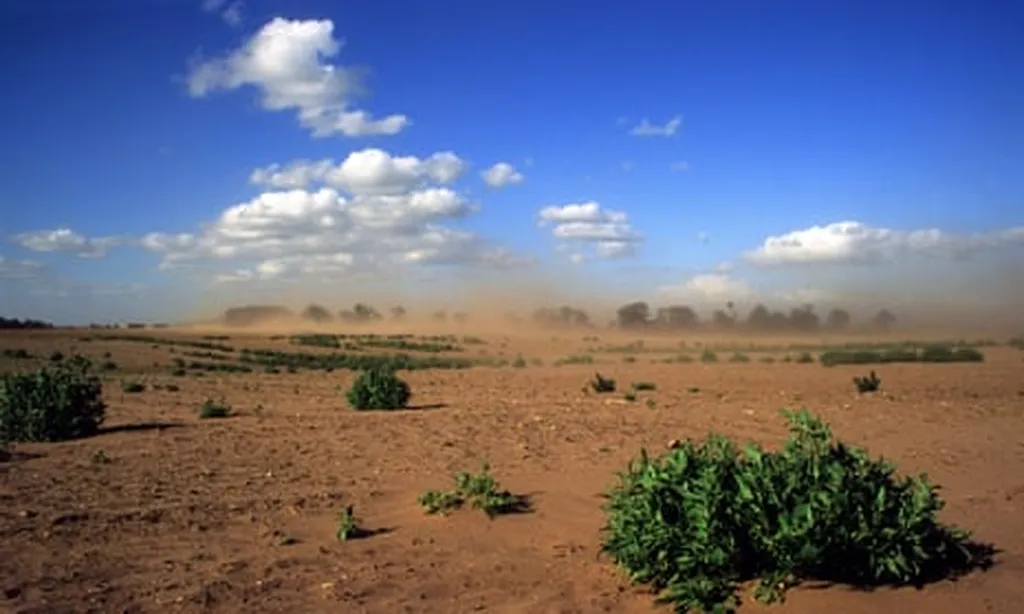In the heart of China’s agricultural landscape, a silent shift is underway. Cropland abandonment, a phenomenon often overlooked, is reshaping the country’s food security and land use dynamics. A recent study published in *Land* sheds light on this issue, offering a comprehensive analysis of cropland abandonment trends since the 21st century. The research, led by Tingting Li from the Rural Development Institute at the Chinese Academy of Social Sciences, provides a nuanced understanding of the spatio-temporal patterns and underlying drivers of this critical issue.
The study reveals that cropland abandonment in China has been fluctuating around 5.86% annually, affecting an average of 7.6 million hectares of land. This trend is not uniform across the country; it is more pronounced in southern China, particularly around the 25° N and 30° N latitudes. This southward shift is concerning as it exacerbates the spatial mismatch between water resources and cropland, a critical factor for sustainable agriculture.
“Cropland abandonment is not just about land lying fallow; it’s about the broader implications for food security and economic stability,” says Li. The study highlights that abandonment is particularly severe in grain production and marketing areas, intensifying pressure on national food self-sufficiency. This has significant commercial implications for the agriculture sector, as it could lead to increased food prices and supply chain disruptions.
The research also identifies slope and fragmentation as key drivers of abandonment. Steeper plots (>15°) and more fragmented lands are more susceptible to abandonment, underscoring the need for targeted interventions. Li emphasizes the importance of addressing land fragmentation as a core strategy. “High-standard farmland construction, innovative contract rights certification, and expanded agricultural socialized services can promote moderate-scale farming and mitigate abandonment,” she suggests.
The study’s systematic innovations, including a dual-indicator quantification method and a multi-source validation framework, offer a robust approach to understanding and addressing cropland abandonment. The dynamic spatiotemporal atlas and the interpretation of abandonment multifunctionality provide valuable insights for policymakers and agricultural stakeholders.
Looking ahead, this research could shape future developments in agricultural governance and land use planning. By adopting region-specific and category-based recultivation approaches, supported by clear governance priorities, China can better manage cropland abandonment and ensure food security. The study’s findings also highlight the potential of farmland reuse as a buffer against unemployment risks, offering a multifaceted solution to a complex problem.
As the agriculture sector grapples with the challenges of climate change, resource depletion, and economic pressures, understanding and addressing cropland abandonment will be crucial. This research provides a vital foundation for developing effective strategies to ensure sustainable agriculture and food security in China and beyond.

